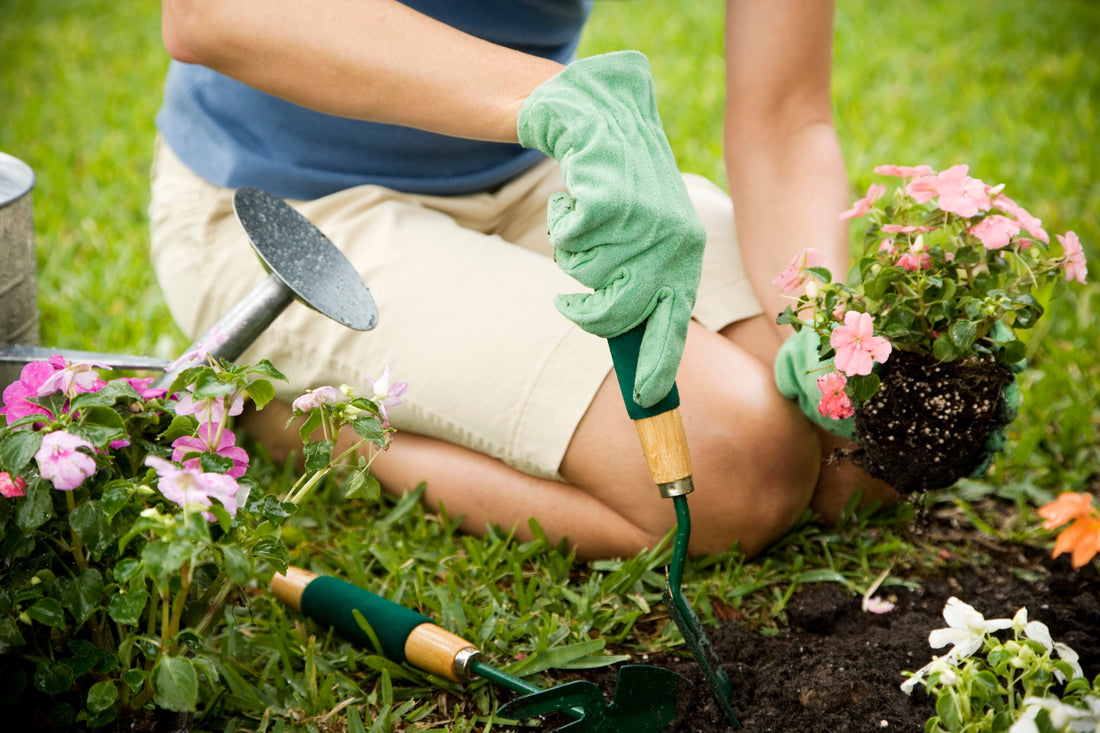
10 Effective Gardening Techniques for the Care of Our Plants and Garden

Starting groundskeepers are regularly threatened by the cycle of how to begin a nursery and care for it effectively—all things considered, there's a ton included. From correcting your dirt with excellent natural make a difference to pruning bushes, you'll discover answers and guidance for fundamental cultivating tasks.

1. PICK THE RIGHT LOCATION:
Beginning a garden is similar to land it's about area. spot your nursery in a piece of your yard where you'll see it routinely (out of the picture and therefore irrelevant applies to planting). That way, you'll be substantially more prone to invest energy in it. Picking a decent area for your nursery is vital. An inferior area can result in disappointing veggies! Here are a couple of tips for picking a decent location:
- Sunny Place:
Ultimate vegetables need 6 to 8 hours of direct sunlight per day. There are a few vegetables (mostly the leafy ones) that will bear some shade.
- Drains Well and Doesn’t Stay Wet:
If you have inadequately drained soil where water pools, plant veggies in a raised bed or raised line for improved waste. Wet soil implies wet roots, which can transform into spoiled roots. If you have rough soil, till and eliminate the stones, as they will meddle with pull development and make for more vulnerable plants.
- Stable And Not Windy:
Keep away from places that get solid breezes that could push over your young plants or hold pollinators back from managing their work. Nor would you like to plant in an area that gets an excessive amount of people walking through or floods without any problem.
- Nutrient-Rich Soil:
Your soil feeds your plants. On the off chance that you have flimsy, supplement helpless soil, you'll have poor, undesirable plants. Blend in a lot of natural make a difference to assist your plants with developing.
2. Follow the Sun:
Misinterpreting daylight is a typical trap when you're first figuring out how to plant. Focus on how daylight plays through your yard before picking a spot for your nursery. Most consumable plants, including numerous vegetables, spices, and organic products, need in any event 6 hours of sun to flourish.
3. Stay Close to Water:
Outstanding amongst other planting tips you'll at any point get is to design your new nursery close to a water source. Ensure you can run a hose to your nursery site, so you don't need to carry water to it each time your plants get parched. The most ideal approach to advising if plants need watering is to push a finger an inch down into the dirt (that is around one knuckle profound). If it's dry, it's an ideal opportunity to water.
4. Start with Great Soil:
When beginning a nursery, one of the top recommendations is to put resources into soil that is supplement rich and all around depleted. Accomplish this on the money mix by blending 3 crawls of universally handy nursery soil into the main 6 to 8 creeps of existing soil in case you're wanting to plant in the ground. In case you're planting in a raised bed, utilize raised bed soil, with the ideal weight and surface for raised bed development.
5. Consider Containers:
At the point when space is along with some built-in costs, look to holders. You can develop numerous plants in pots, including vegetables, spices, blossoms, natural product trees, berries, and bushes. When cultivating in compartments, utilize a pot that is huge enough for the plant it's facilitating. Not exclusively is it exceptionally formed to help plants in pots flourish, yet it likewise ensures against over-and under-watering.
6. Choose the Right Plants:
It's essential to choose plants that match your developing conditions. This implies placing sun-cherishing plants into a radiant spot, picking heat-open-minded plants in warm environments, and giving ground-eating plants like pumpkins and melons abundant space to breathe (or a lattice to climb). Get your work done and pick assortments that will develop well where you reside and in the space you have. Furthermore, to get a stage upon progress when developing veggies and spices, start with enthusiastic youthful plants as opposed to attempting to develop from seed.
7. Discover your Zone:
Knowing your "hardiness zone" can assist you with picking the best plants. It depicts the coldest spot a plant can develop. The higher the zone number, the hotter the environment. So, if a plant is "tough to zone 4" and your nursery in zone 5, that plant will make due in your yard. Assuming, in any case, you're in zone 3, it's too cold to even consider developing that specific plant.
8. Learn your Frost Dates:
Planting too soon (or late) in the season can spell catastrophe for your nursery. You need to realize the last normal spring ice date for your space so you don't unintentionally murder plants by putting them out rashly. It's likewise acceptable to realize your first normal fall ice date with the goal that you get your plants collected or moved inside before late-season cold harms them. Find the normal first and last ice dates for your space.
9. Add some Mulch (manure/fertilizer):
Apply a layer of mulch that is 2 to 3 inches deep around each plant. This will help diminish weeds by shutting out the sun and lessen dampness misfortune through dissipation, so you need to waterless. For a cleaned look, put down a layer of Scotts® sacked mulch. Or then again, you can put down straw, destroyed leaves, pine straw, or some other locally accessible material.
10. Feed Plants Regularly:
We've effectively discussed the significance of beginning with extraordinary soil, yet that dirt works best working together with standard increases in excellent sustenance for your plants. As such, astounding soil + first-class plant food = super nursery achievement! In this way, a month after planting, start taking care of your nursery with plant food like water-dissolvable feed for plants.
